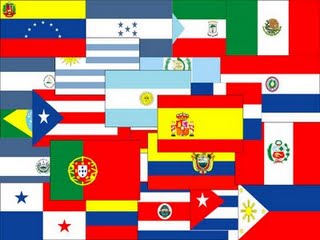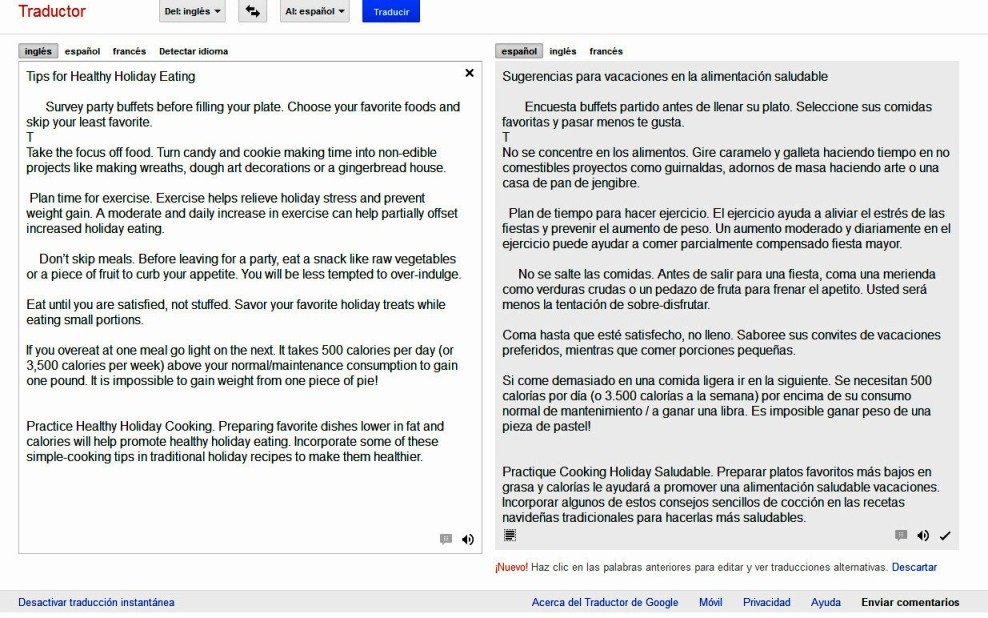Lots have been said about the importance of providing clients with quality translations. One of the main aspects that translators should take into consideration is that the final document should comply with the client’s requirements and expectations and, of course, these vary from client to client and from document to document. So, how can the translator decide which quality standards every translation should meet?
Not all clients are familiar with this kind of projects and may not know what type of information the translator needs in order to be able to deliver what is expected.
Another key aspect of a quality translation is the quote that the translator sends to the client. It needs to include all the necessary information so that there are no misunderstandings later on.
Delivering quality translations is a team work. If both the professional translator and the client do their part of the job correctly, then the chances of mutual satisfaction (and the possibility of more incoming projects) increase.

image courtesy of FreeDigitalPhotos.net
Defining the Project Specifications
Who will read the text? Which audience should the translator have in mind when translating the document: specialists or non-experts, young people or adults? Believe it or not, this is an essential piece of information as it has a huge impact on the tone of the translated text and in the words chosen. For instance, Spanish has an informal and formal way of addressing people (tú vs. usted).
Is it going to be used for internal communication, for clients, for publication? The reason why you need this document translated is an information that can help the translator.
Knowing when the text needs to be delivered is a useful piece of information for the translator as it allows him to organize his schedule and work accordingly and ensure that your document is ready right on time. It is highly advisable that the translator express the deadline in business days and not just days as it may lead to confusion (unless he works on weekends).
Whether the project will be paid per source word or per target word, that is to say, according to the volume of the original text or to the volume of the translated text, this should be clearly expressed to avoid possible misunderstandings. Clients should also state when the payment will be made (upon delivery, upfront, etc) and how (PayPal, bank transfer, Western Union, etc).
- Subject Area and Type of Text:
One of the clearest and easiest ways of dealing with these specifications is to send the whole text (preferably) or a sample to the translator to analyze. Clients should also specify the kind of text the translator is going to receive: a letter, a training video, an advertising brochure, a sales agreement, a contract. Even though most translators are comfortable working with almost any type of text/audio, some of them have certain preferences or just do not translate videos.
- Source Language and Regional Variation
Is it written in Brazilian or European Portuguese? Spanish from Venezuela, Argentina or Mexico? Is the document in Canadian or South African English? There may be significant regional differences that interfere with translator’s understanding and decision making.
This includes informing the translator in which format the translation will be received and in which format the target text should be delivered. Is it a text in Word or Excel format? Is it a JPEG? Or is it a PDF?
Ideally, for written texts, the word count (and not the number of pages) is what translators prefer to take into consideration as the length may vary if the text is written in two columns, and also depending on the font size or the spacing between lines.
- Target Language and Regional Variation
In which language and regional variation should the translation be delivered? This is, of course, closely related to the target audience. Brazilian and Portuguese people do not use the same expressions and Argentines and Mexicans do not either.
Even though most of the translations are nowadays delivered by email, it is better to specify it, especially if the client wants the document to be delivered by fax or snail mail.
The Translator’s Job: Sending the Quote
Once the document for translation has been received and analyzed, the translator is expected to send a quote to the client. Pay attention to what information should be included:
- Source and target language
- Name of document/s
- Number of words or pages
- Delivery format
- Price per word (source or target), pages or price per hour
- Deadline
- Payment terms
- Any other term: how do you handle revisions after the translation is delivered?, etc.




 Photo: Exequiela Goldini
Photo: Exequiela Goldini







